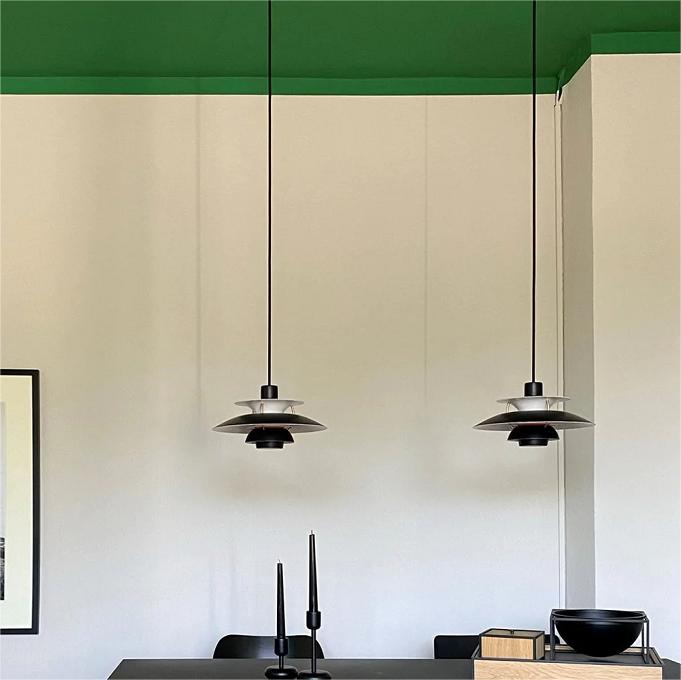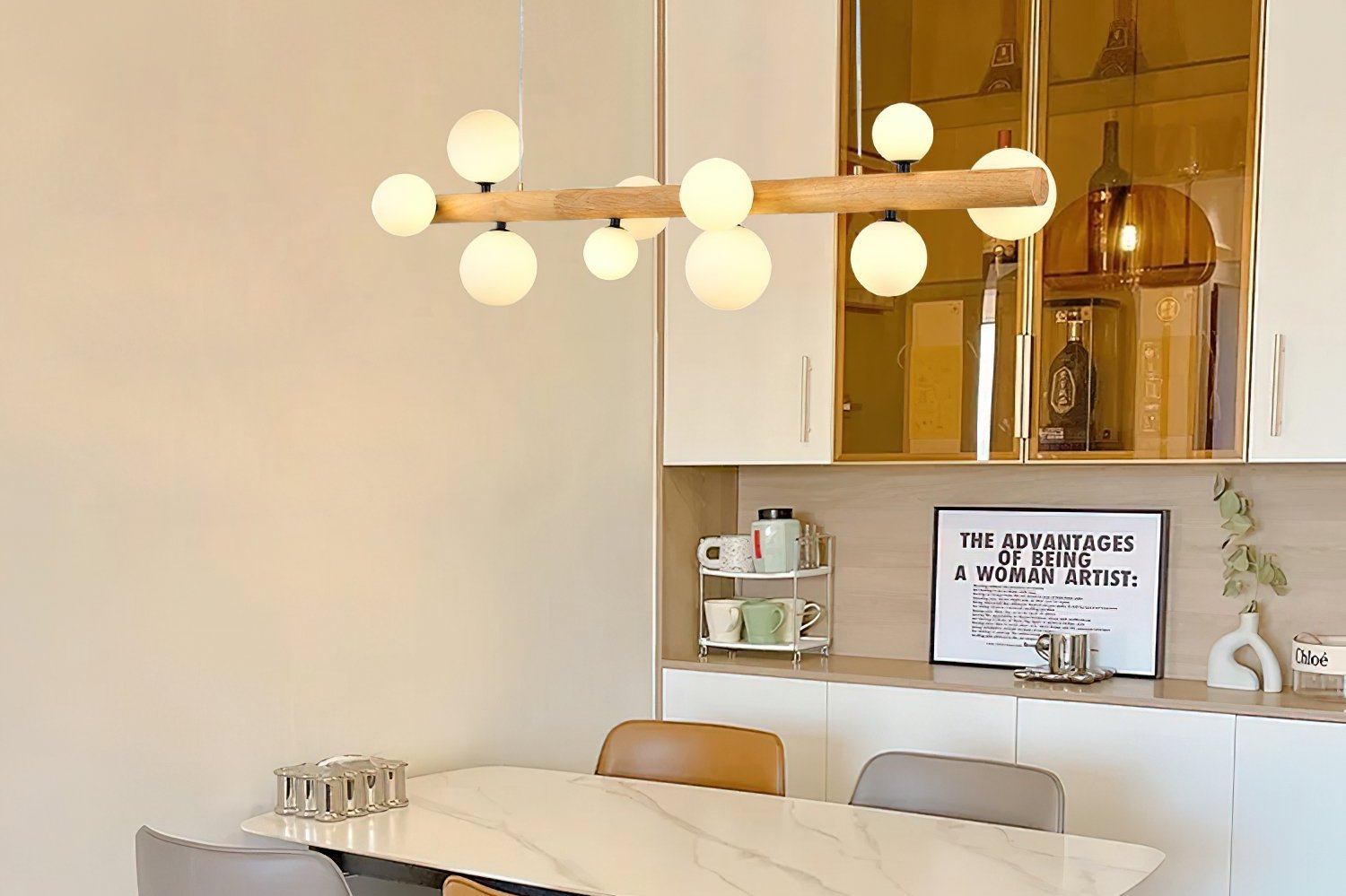
If you’re looking to add a unique and modern light fixture to your living room, the PH 5 hanging lamp from Louis Poulsen is a great choice. Its matte finish and pastel hues give it a classic, modern feel. The multi-colour shades are complemented by the white inner surface of the luminaire. Designed by Poul Henningsen in 1958, the PH 5 pendant has gained worldwide renown.
Louis Poulsen’s PH 5 hanging lamp
With its pastel colours, Louis Poulsen’s PH5 Pastels pendant lamp provides a classic look with a modern twist. The multicolour pastel hues create a playful atmosphere, while the white inner surface of the luminaire shades bring balance and harmony. The design was created by Poul Henningsen in 1958 and is hugely popular around the world.
The PH 5 has been updated over the years to match the changing light source. It is now available in classic and modern white, in blue, and in monochrome black. The light emanating from the lamp changes with the hue of the shades, with the top shade being the darkest. This feature is particularly effective if you want a more dramatic and striking look.
The PH 5 hanging lamp is one of the company’s most popular lighting products. Its streamlined design features three shades, which help to diffuse light evenly. The PH 5 is based on meticulous research into the physical properties of light, and it is considered to be a classic Danish design. It is available in a number of sizes, including a mini version that is smaller than the original pendant lamp.
The PH 5 pendant was designed by Poul Henningsen for Louis Poulsen in 1958. It is still produced today and has become one of the brand’s most iconic lighting products. The three layers of spun aluminum shades create a unique look and provide glare-free light. The design of the PH 5 hanging lamp by Louis Poulsen makes it a timeless classic.
Poul Henningsen’s PH 5 hanging lamp
The PH 5 hanging lamp by Danish designer Poul Henningsen is a classic example of Danish design. The PH 5 features three layers of spun aluminum shades for a unique look and glare-free illumination. This lamp was originally created in 1958 and is still manufactured today.
Poul Henningsen was a Danish architect and designer who studied the function of light rays. His designs were exhibited at the 1925 Paris World Exposition, where his work won a gold medal. Henningsen would later design lighting for Louis Poulsen & Co. His PH series is among his most popular designs.
The PH 5 hanging lamp was used in a number of films. In 2014, it was used as a prop in the French film Next Time I’ll Aim for the Heart starring Guillaume Canet, Jean-Paul Comart, and Ana Girardot. Another movie featuring Poul Henningsen’s design is Ofrenda A La Tormenta, the final film in the Baztan Trilogy. The film also features Paco Tous and Marta Etura.
In addition to its iconic look, the PH 5 has undergone several iterations. It now comes in brass and copper versions. The PH 5 is still one of Poul Henningsen’s most recognizable fixtures. Its distinctive design never goes out of style.
Louis Poulsen’s PH 5 Pastels collection
The new PH 5 Pastels collection from Louis Poulsen offers a range of shades and finishes for contemporary homes. These soft pastel shades are perfect for soothing and building a more welcoming space. In addition, they will match even the most austere of interiors. Each lamp is handmade in Denmark using spun and rolled aluminium struts.
The PH 5 pendant light was first introduced in 1958 by Danish designer Poul Henningsen and remains one of Louis Poulsen’s most popular designs. This lamp features three layered, spun aluminum shades that reflect light. This allows for a truly unique look in a room. This lamp also provides glare-free illumination, which is ideal for repeated installations.
Louis Poulsen has an impressive history of producing decorative and architectural lighting, including the iconic PH 5 lamp. The PH 5 Contemporary is a limited edition of the classic PH 5, and is the follow-up to the PH 50 anniversary edition that was introduced in 2008.



